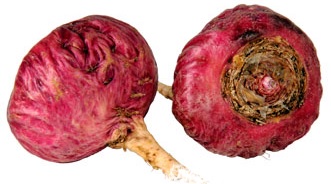“What happens within my body throughout my monthly fertility cycle?” many women wonder. The eggs, which are the unique cells of human reproduction, are stored in a woman’s ovaries. Hormones control a woman’s fertility period, which lasts about 28 to 30 days.
The first day of a woman’s menstrual period marks the start of her fertility cycle. The egg starts with the process of maturation earlier in the cycle. The follicle is a fluid-filled sac where the egg develops. Over the first part of the menstrual cycle, the follicle keeps expanding.
The follicle bursts or ruptures somewhere through the cycle, expelling the egg, which now goes into the Fallopian tube. All of that is referred to as ovulation. The egg will then be fertilized if a good health sperm is available in the Fallopian tube, resulting in conception. The follicle generates a vital hormone called estrogen as it matures.
Once that egg is discharged, the follicle shrinks and transforms into the corpeus luteum, which produces progesterone, one more crucial hormone. When it comes to hormonal fluctuations during a menstrual cycle, estrogen peaks right before ovulation and then drops substantially.

Estrogen will still be produced post-ovulation, but progesterone takes over as the major hormone. The importance of these hormonal shifts in regular fertility cannot be overstated. Estrogen returns to the follicle and causes it to grow fully. Estrogen causes the uterine lining to regenerate after it has been lost during the menstrual month in preparation for the baby’s implantation.
Estrogen goes via the circulation to the cervix, the lowest region of the womb, where it induces the production of a clear, slippery fluid. In and of itself, this unique fluid plays a crucial part in a couple’s capacity to procreate. Initially, sperm die within hours if that fluid isn’t found in the vaginal canal.
Because the egg only survives for 12-15 hours, the fertile frame is relatively brief. Only when fluid is there, which occurs four to five days preceding ovulation, it shelters the sperm from the acidity of the vaginal environment and allows them to live for up to 5 days, extending the fertile frame.
Cervical fluid also seems to be significant at the molecular level since it produces swimming routes for sperm, allowing them to get to the egg. The quality and amount of cervical fluid, commonly known as cervical mucus, is among the factors we pay particular attention to.
If the fluid quality isn’t up to par, there are drugs and supplements that can help. Because a woman’s estrogen increase during ovulation, stimulates the production of cervical fluid, it’s a good indicator of what’s going on hormonally within her body. It would be like a window into her reproductive system’s inner workings.

Maca for Fertility
For about 2,000 years, couples have been taking Maca to improve their odds of having a baby. Maca has been discovered, in scientific research, to regulate hormones, resulting in regular ovulation. This powerful Peruvian root is also a rich source of nutrients that promotes the ideal health required for fertility enhancement. Red Maca has been demonstrated to be the most effective type for increasing fertility.
![]()

✓ Related…
☰ Is it safe to order Maca from the Maca Team? ⇗
☰ Is Maca Powder really Free Of Gluten? Video ⇗
☰ Order now Peruvian Maca to Minnesota ⇗


